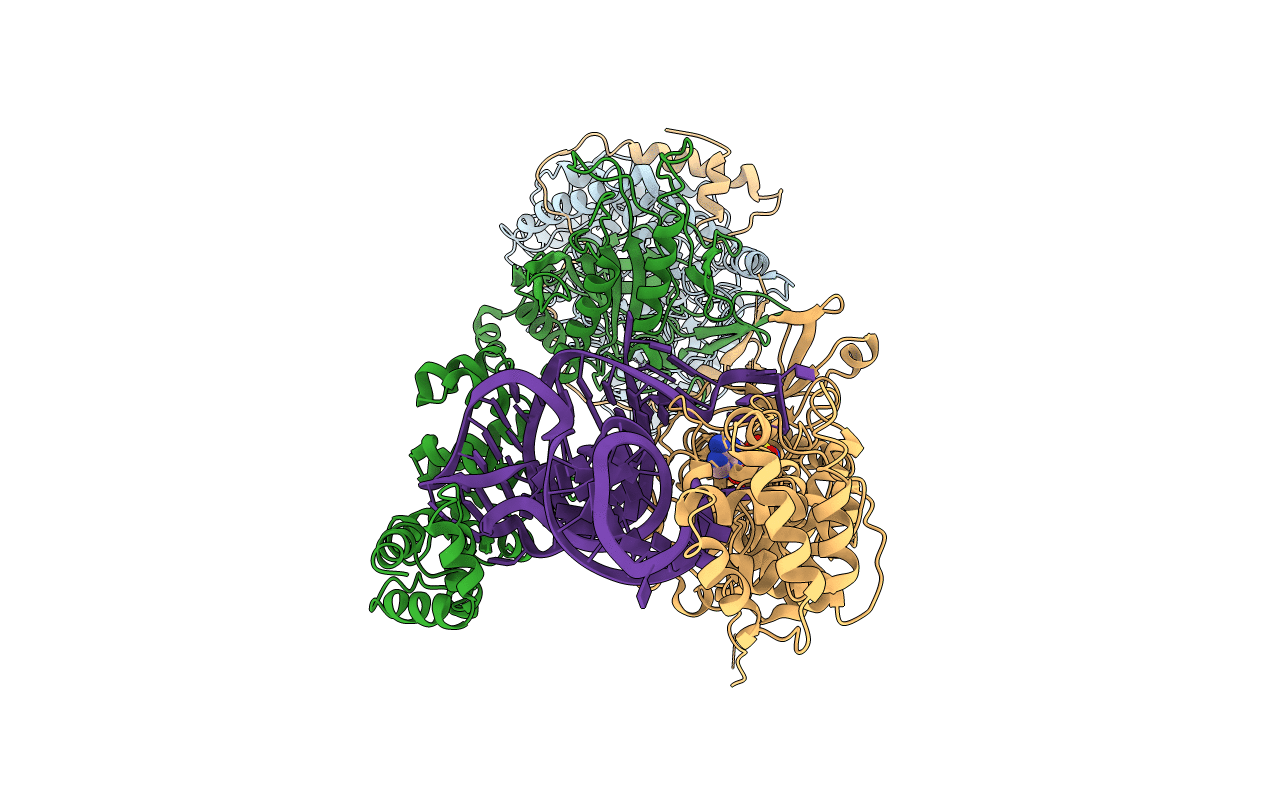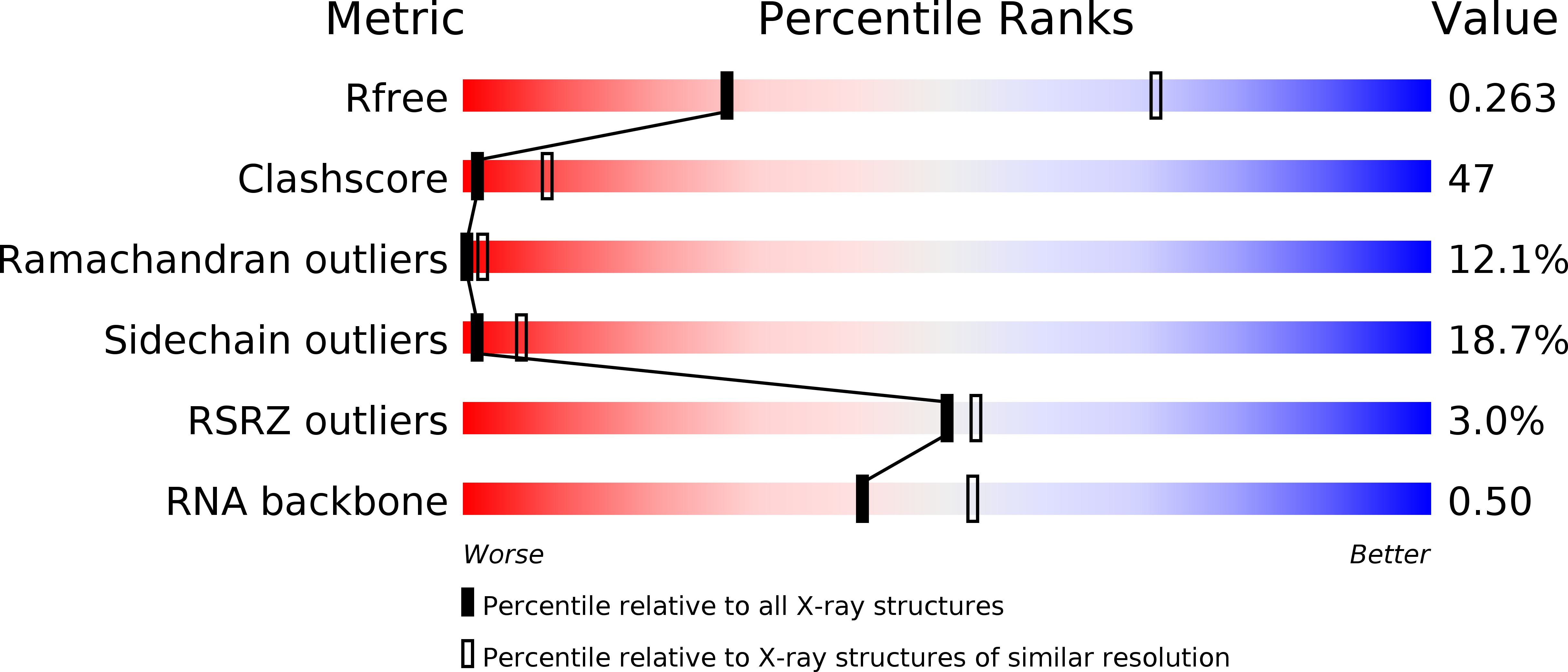
Deposition Date
2010-07-19
Release Date
2010-09-29
Last Version Date
2024-03-13
Entry Detail
PDB ID:
3AL0
Keywords:
Title:
Crystal structure of the glutamine transamidosome from Thermotoga maritima in the glutamylation state.
Biological Source:
Source Organism:
Thermotoga maritima (Taxon ID: 243274)
synthetic construct (Taxon ID: 32630)
synthetic construct (Taxon ID: 32630)
Host Organism:
Method Details:
Experimental Method:
Resolution:
3.37 Å
R-Value Free:
0.26
R-Value Work:
0.19
R-Value Observed:
0.19
Space Group:
P 2 2 21


